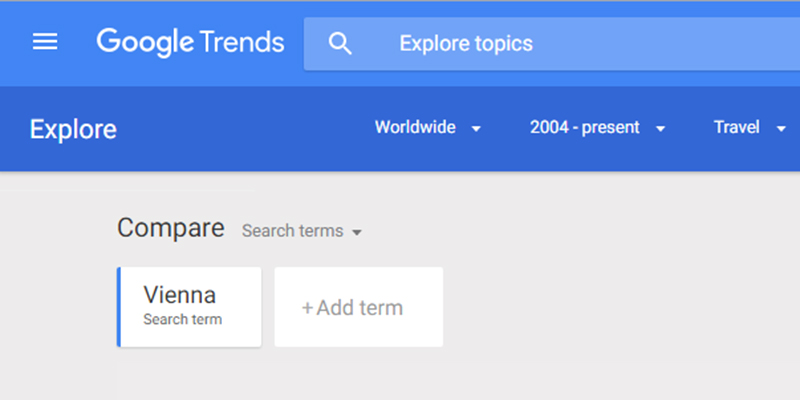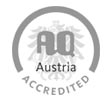Forecasting Tourism Demand with Google Trends for a Major European City Destination
October 08, 2015
The travel and tourism industry is tremendously important given that it contributed about USD 7 trillion to world gross domestic product (GDP) and accounted for 266 million jobs worldwide in 2013. The size of the industry and the number of travel-related players induce competition in terms of attracting visitors.
Vienna is one of the top-10 city destinations in Europe, with more than 13 million bednights in 2013, followed by Munich, Hamburg and Amsterdam, and therefore of particular importance for a study on city tourism demand forecasting. Irem Önder and Ulrich Gunter from the Department of Tourism and Service Management used MU’s home city of Vienna for a study for their article ‘’Forecasting Tourism Demand with Google Trends for a Major European City Destination’’ which will be published in an upcoming issue of the journal Tourism Analysis.
Excerpt from the Abstract:
Since the beginning of the 1990s, consumers’ use of the internet has evolved from curiosity to reliance. Today, the internet has become a ubiquitous commodity such as electricity, which is integrated in individuals’ daily lives. One of the main information sources on the internet is search engines such as Google, Yahoo, and Bing, of which, Google dominates with approximately 5.9 billion searches per day, accounting for 67% of all searches.
A frequent first step in online information searches is using a search engine such as Google to find the relevant travel-related websites: Jansen, Ciamacca, and Spink (2008) indicate that even in general purpose search engines, travel-related searches constitute a large proportion of all online searches. In addition, geographical locations such as city, country, and region names are the most frequently used travel-related search terms, representing nearly 60% of travel search inquiries (Jansen et al., 2008). Assuming that individuals search for information about a destination on the internet while they are planning their next vacation, and since Google Trends data show the popularity of search terms, this may provide an indication of interest in traveling to a given destination and can be used for forecasting tourism demand.
The purpose of this study is to investigate whether using Google Trends indices for web and image search improves tourism demand forecast accuracy relative to a purely autoregressive baseline model. To this end, Vienna, one of the top-10 European city destinations, is chosen as a case example, for which the predictive power of Google Trends is evaluated at the total demand and at the source market levels. The effect of the search query language (English and native languages) on predictability of arrivals is considered and differences between seasonal and seasonally adjusted data are investigated. The results confirm that the forecast accuracy is improved when Google Trends data are included across source markets and forecast horizons for seasonal and seasonally-adjusted data, leaning towards native language searches. This outperformance not only holds relative to purely autoregressive baseline specifications, but also relative to time-series models such as Holt-Winters and naïve benchmarks, where the latter are significantly outperformed on a regular basis.
Having more accurate short-term (i.e. within a year) tourist arrival forecasts for the total market and for single source markets in particular has important benefits for practitioners. The Vienna Tourist Board and other stakeholders of the Viennese tourism industry may use forecasts from models incorporating Google Trends data to improve their operational management, i.e. to allocate their resources more efficiently and thus reduce costs. Being able to react adequately and quickly to predicted short-term peaks in tourist arrivals from certain source markets assures, for example, that there will be enough tourist brochures available in English, a sufficient number of city tours offered in Italian, enough Russian-speaking guides present at Schönbrunn Palace, or additional buses from the airport to the city center. Besides the free and timely availability of Google Trends data, as opposed to many traditional tourism demand predictors, also the structure of the reduced ADLMs is sufficiently simple and thus ready for use by practitioners.
Funding of this research by the Vienna Chamber of Commerce and Industry is gratefully acknowledged.





